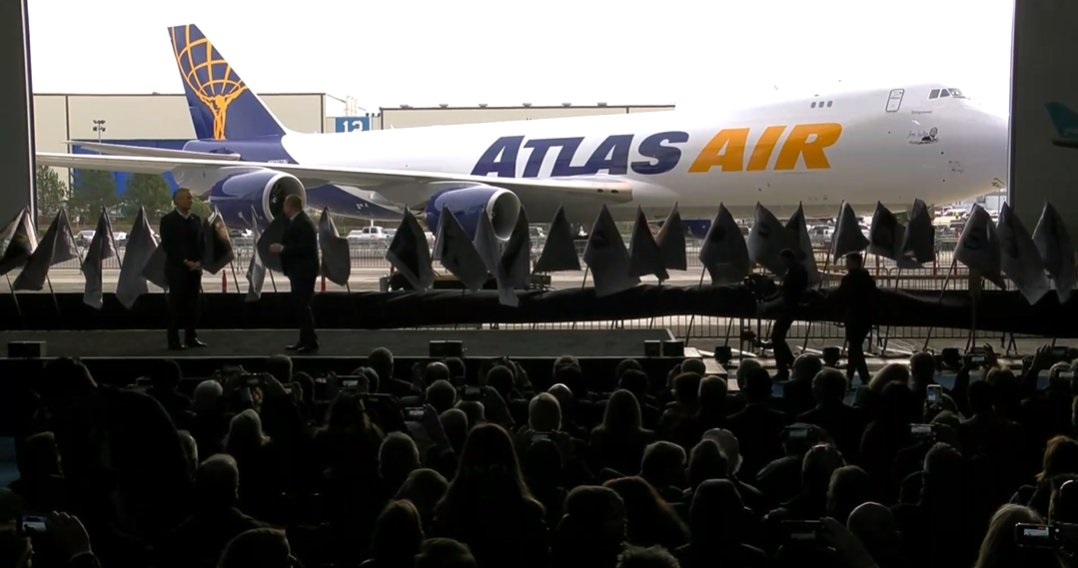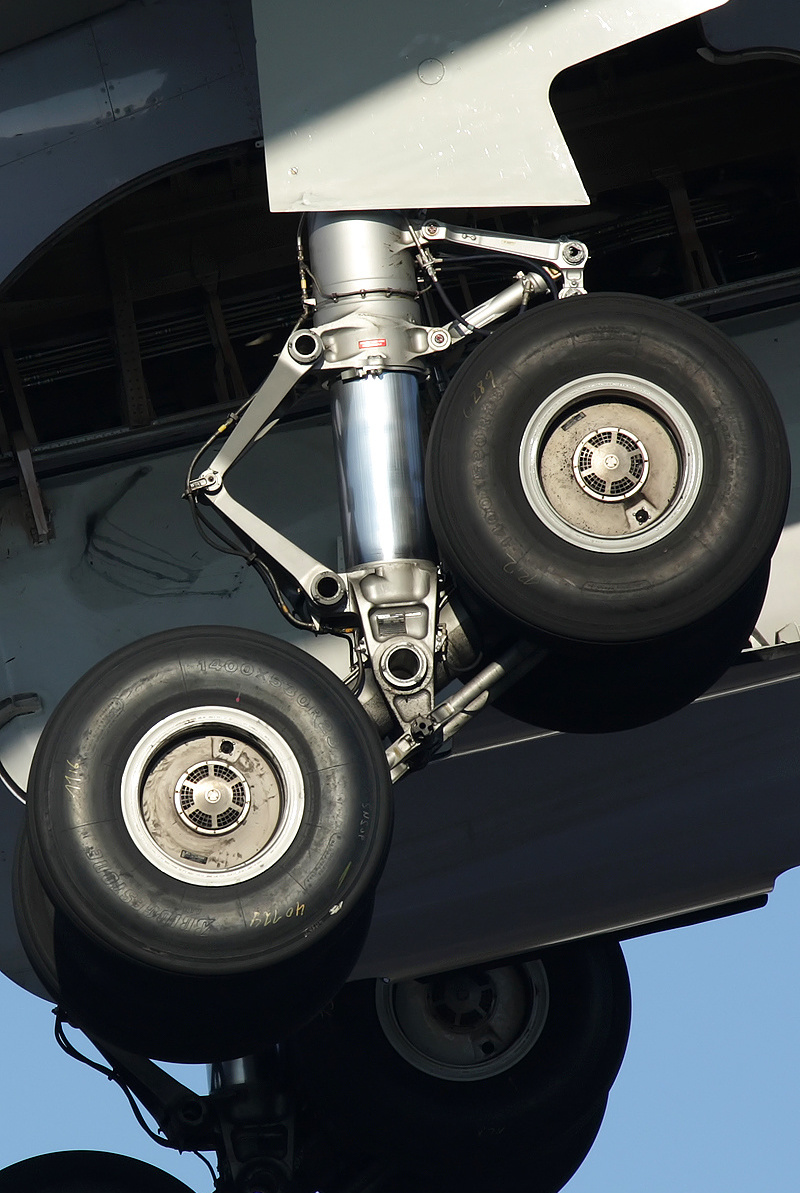How to track Qantas sunrise project non-stop flight between London Heathrow and Sydney?
Qantas is making its second ever direct flight between the two cities – the first happened 30 years ago.
A freshly built Boeing 787-9 “Dreamliner” (reg. VH-ZNJ) is deployed to London Heathrow from Los Angeles LAX after it was ferried from Boeing plan in Everett.
The trip is being described as an “ultra long-haul research flight to gather new data about inflight passenger and crew health and wellbeing”.
Schedules
- Qantas 787-9 VH-ZNJ takeoff from LAX on Tuesday night (23.40).
- Qantas 787-9 VH-ZNJ arrive at London Heathrow on Wednesday (approx 18.00)
- Qantas 787-9 VH-ZNJ takeoff from London Heathrow on Thursday (06.00)
- Qantas 787-9 VH-ZNJ landing in Sydney on Friday (approx 10.00)
How to track?

The 787-9 registered VH-ZNJ will take off from Heathrow and fly directly to Sydney with no paying passengers onboard.
https://www.radarbox.com/data/registration/VH-ZNJ
Sunrise project
Qantas already has every opportunity to conduct in-depth research on the effects of very long flights with hundreds of subjects on its daily Perth-to-Heathrow nonstop flight, which is scheduled to take almost 18 hours.

https://www.radarbox.com/data/flights/QF10
The London-Sydney flight is likely to take only two hours longer, and will not allow researchers to conduct real-world tests on a flight with a full complement of passengers.
Qantas calls its plan for nonstop flights connecting Sydney with both London and New York “Project Sunrise”. Scheduled flights are expected to start by 2022, if Airbus or Boeing can supply a suitable aircraft – either the A350 or 777X respectively.
History
In 1989, the plane was a Boeing 747-400 – the first of this extra-long range aircraft delivered for the Australian airline. Taking off on the sunny morning of 16 August, the Jumbo jet covered the 10,573 miles from Heathrow to Botany Bay in New South Wales in 20 hours and nine minutes.
While the 747 used around 180 tons of fuel on the original trip, the twin-engined Dreamliner will burn around half as much. The tanks were topped up at the holding point at Heathrow, just before take-off, because during the taxi the plane used nearly one ton of fuel – roughly what was left in the tanks when it touched down.
READ NEXT...
 8836
8836The Last Ever Boeing 747 Jumbo Jet Is Delivered To Atlas Air
The last ever Boeing 747 was delivered to Atlas Air, marking the end of a historic Boeing jumbo program. Read more on our blog.- 8635
Southwest Airlines considers ordering 300 Boeing 737 MAX
Southwest Airlines wants to order up to 300 Boeing 737 MAXs, consisting of 130 firm orders and 170 optional orders.  7873
7873Why is the landing gear tilted?
Have you ever wondered why a lot of big jets have a landing gear that is tilted?


